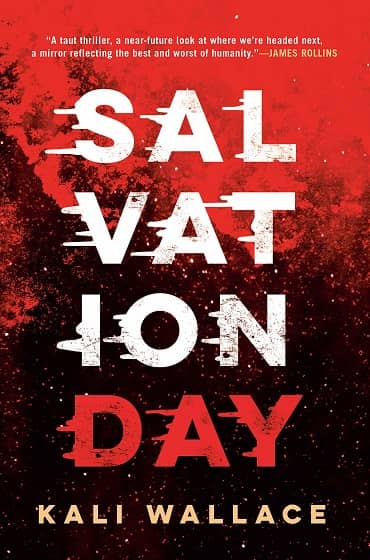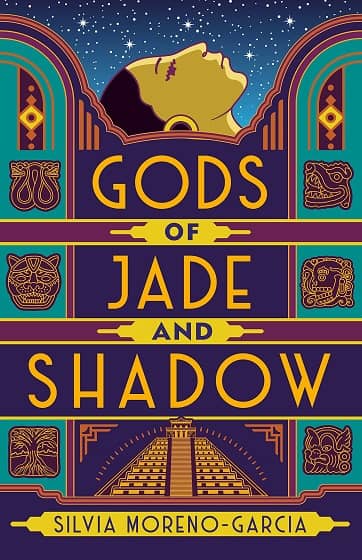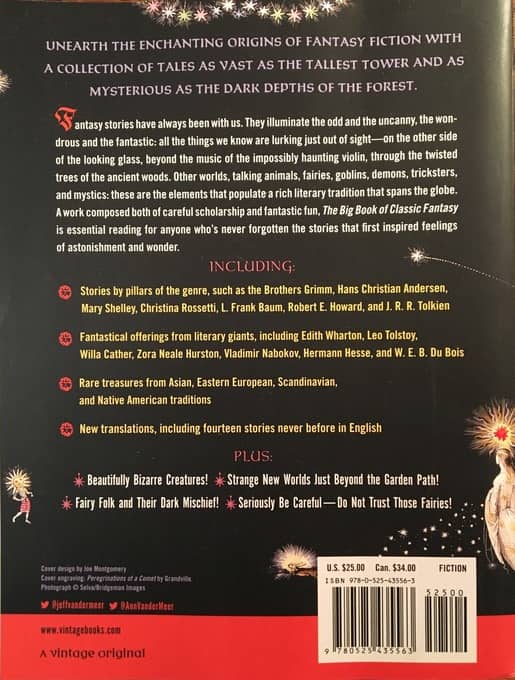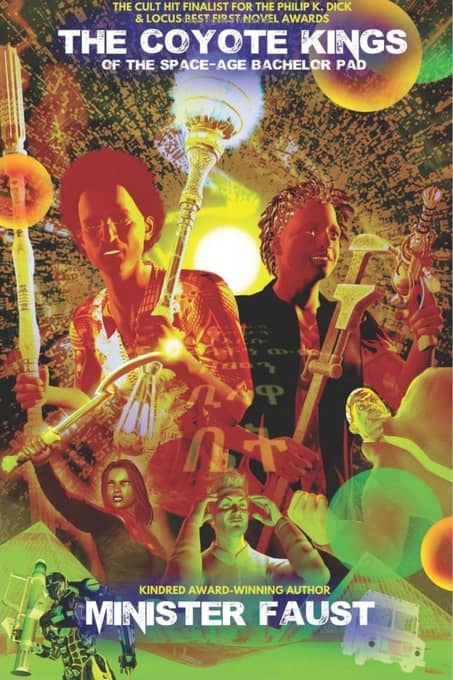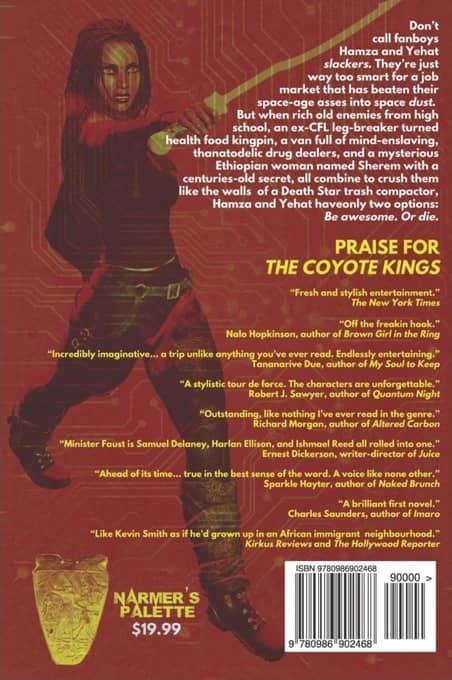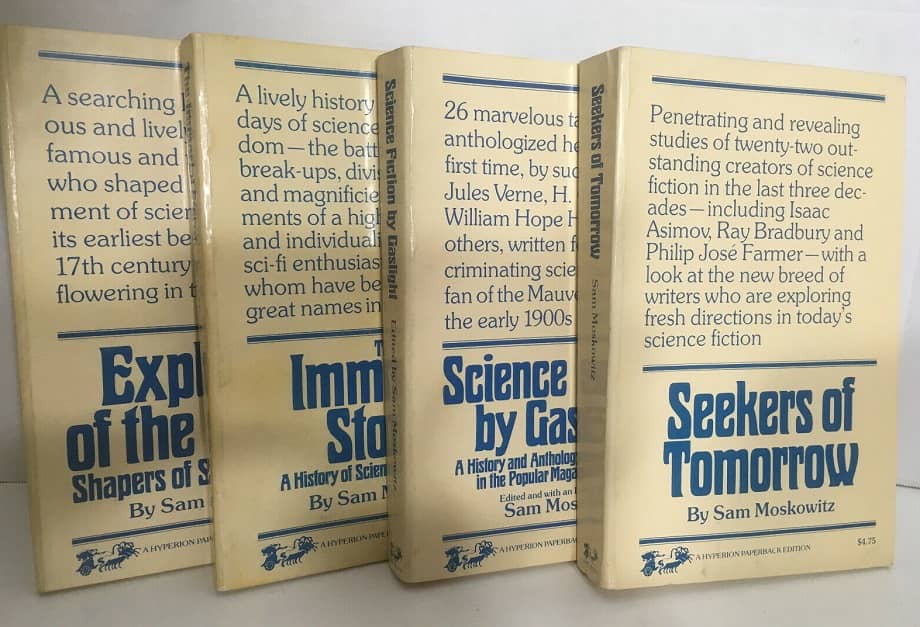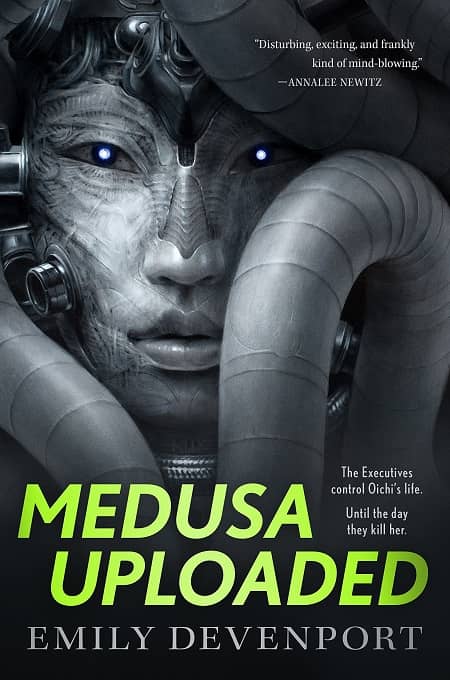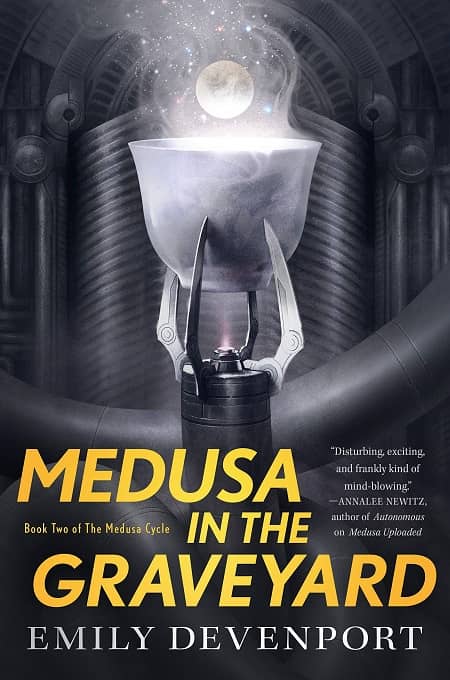Vintage Treasures: Machines & Men by Keith Roberts
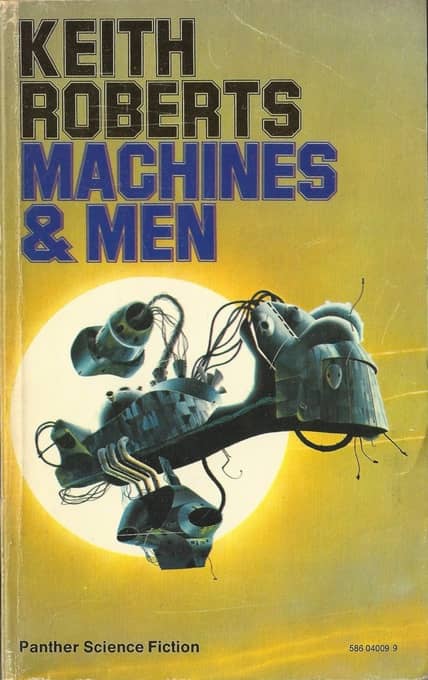 |
 |
Cover by Anthony Roberts
I love discovering British vintage SF paperbacks. There’s a lot to discover, they’re relatively inexpensive, and they’re virtually unknown here in the US. Recently I’ve been accumulating British short story collections by John Wyndham and Keith Roberts, and they’ve been well worth tracking down. I admit I enjoy the covers as well — especially the ones featuring exotic spaceships.
My latest discovery is Machines and Men, the second collection by Keith Roberts, published by Panther in 1973 and which was never reprinted in the US. It’s a slender volume, yet packed with tales of UFOs, wary submariners, a 24th-Century film crew, a synthetic human getting a divorce, and much more. And lo! There’s an exotic spaceship on the cover, which sorta looks like a futuristic curling iron.
The fiction within originally appeared between 1964-69, in places like SF Impulse magazine and John Carnell’s long-running New Writings in SF anthology series. Here’s the complete Table of Contents.
